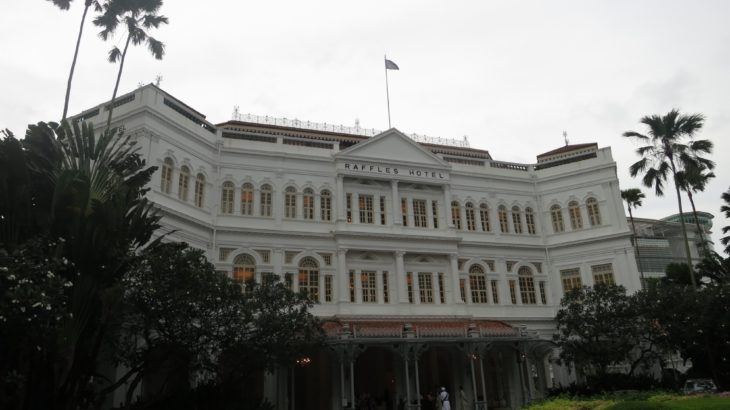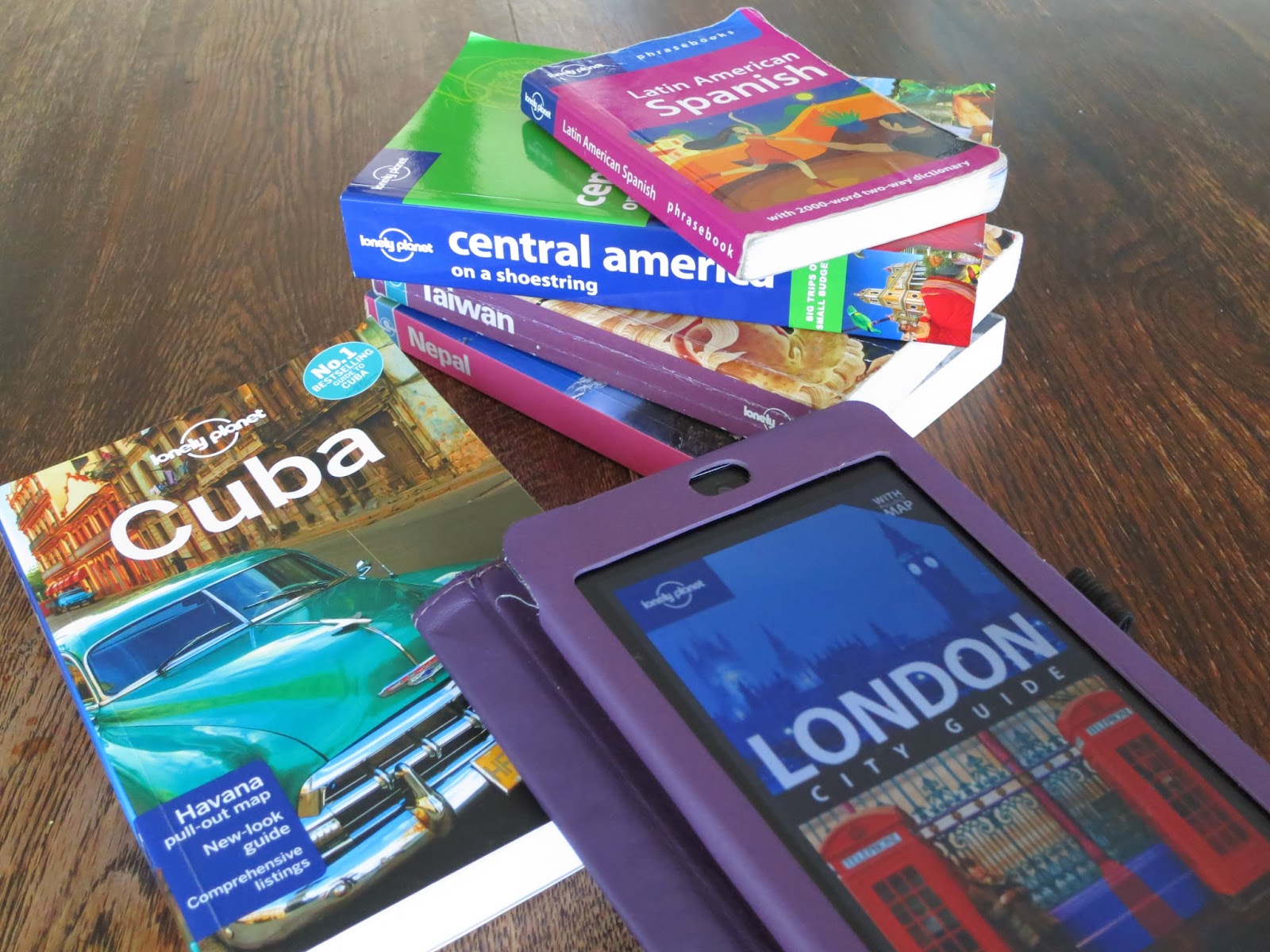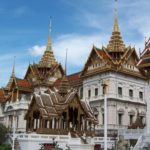Despite Singapore being a small country, the island is one of the world’s most multicultural destinations. It’s financial centre encourages an expat community which has contributed to the diverse population. There is a great deal of history hidden amidst the modern streets. Those wishing to look under the surface of this exceptionally clean city-state, may find something of interest in my recommendations below.
HISTORY
An interesting period in history seems to be from 1819 when Sir Thomas Stamford Raffles arrived on the island. After that came the British rule, which remained during the war until 1963.
Colonial District
Singapore’s Colonial District is home to many reminders of the British rule. It’s set away from the more modern areas such as Marina Bay Sands and the Financial District. The few sights here, are often shadowed by the more high profile places on the island.
Take your pick from the Fort Canning Park to the various historical buildings including City Hall and the Victoria Theatre which have been renovated in recent years. Close by, St Andrew’s Cathedral is worth a look.
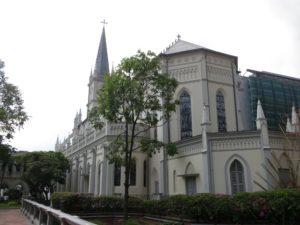
St Andrews in a quiet spot
National museum
A great place to spend a couple of hours learning about the history of the island, is the National Museum. I highly recommend the history gallery which has an audio guide allowing you to experience history from a choice of perspectives.
Choose the traditional history version which takes you through the lives of famous figures such as Sir Stamford Raffles. Or there’s the alternative of seeing life through the eyes of a number of the locals. Both of which you can dip in and out of, and both, if you have time, are worth experiencing fully.
The museum’s living galleries with free entrance have freezing cold air conditioning so are a great place to escape the heat and cool down.
Raffles Hotel
A visit to Singapore, wouldn’t be complete without the obligatory visit to Raffles Hotel to taste a Singapore Sling in the Long Bar. It’s worth knowing that it is quite a bit more touristy these days. Read more in my post: Raffles Hotel: unexplained changes resulting in history lost.
CULTURE
Due to the country’s history as a trading hub, there are a mix of ethnic influences. Some distinct ethnic neighbourhoods include:
Chinatown
A good place to start is at the Heritage Centre. Entire sets of bedrooms, kitchens and street scenes from the late 19th century and early 20th century have been recreated to share a slice of Singapore’s history.
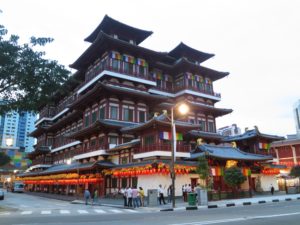
The Thian Hock Keng, Hokkien temple, is impressive. There’s an interesting museum on one floor sharing the life story of Buddha. Another floor houses a Buddha tooth relic. Unfortunately photos are prohibited.
Usually I would say, once you have seen one Chinese temple you have seen most of them. However, this one is absolutely beautiful with the Buddha statues that adorn the walls and the gold tiles which are confined to the closed off relic shrine.
Kampong Glam
This area was once home to the Malay aristocracy as well as the Sultan. In later years it became a centre of commercial activities.
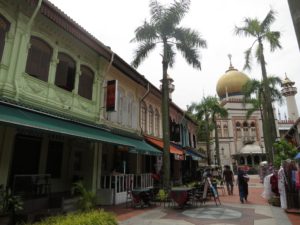
Kampong Glam has some great cafes
Rows of conserved Malay shophouses can be found here now, occupied by both modern and traditional businesses. There are some good restaurants and trendy cafe’s which are a good choice to take a break.
Little India
This is not solely an Indian neighbourhood. When it comes to religious buildings there is quite a mix with both mosques and churches as well as Hindu temples, many open to visitors.
The area is also popular with backpackers, with some of the cheaper accommodation being found here.
If you have more time to spend in Singapore, and want to get away from the city, there are some places you can go to experience a very different Singapore. Check out my recommendations in my post: Singapore’s misfits.
